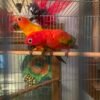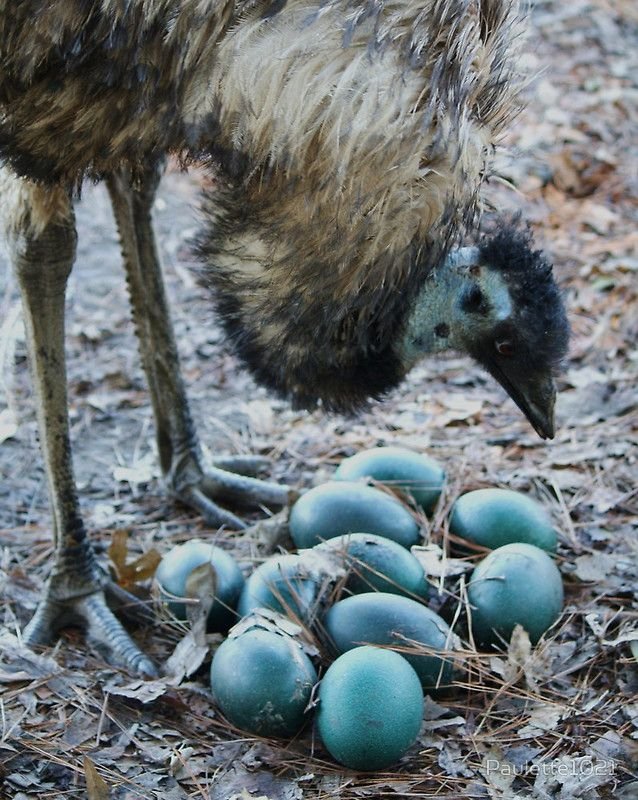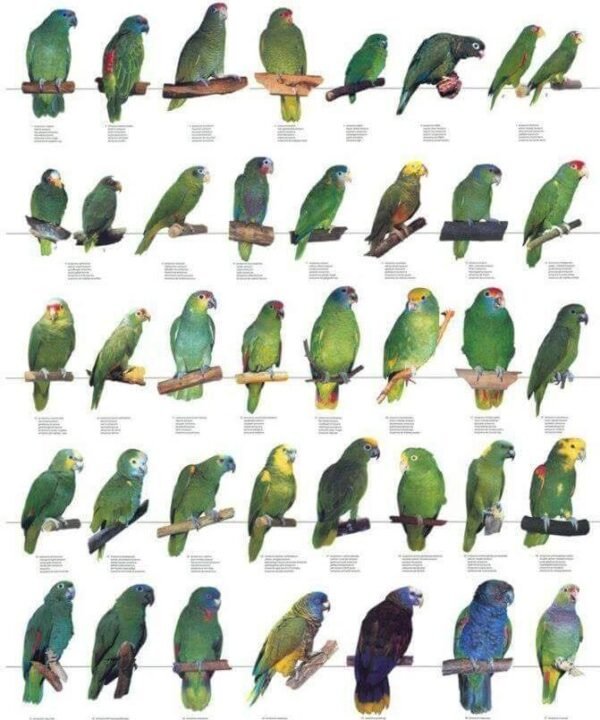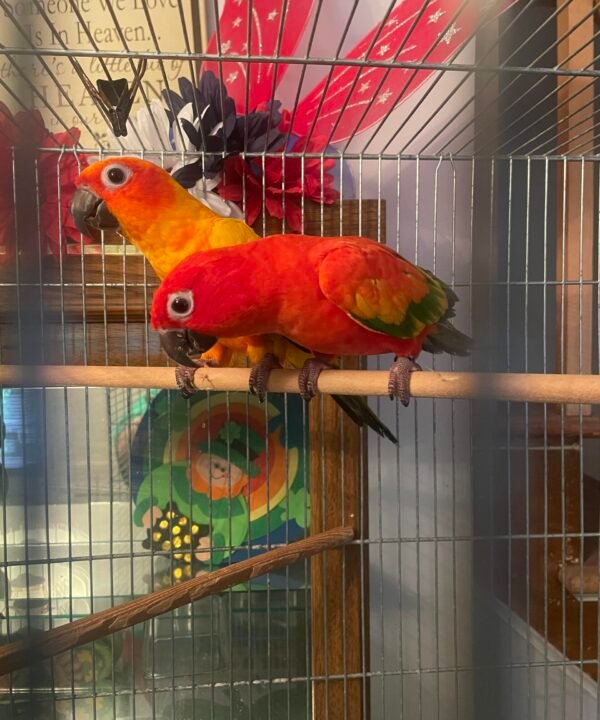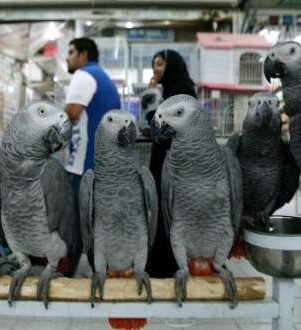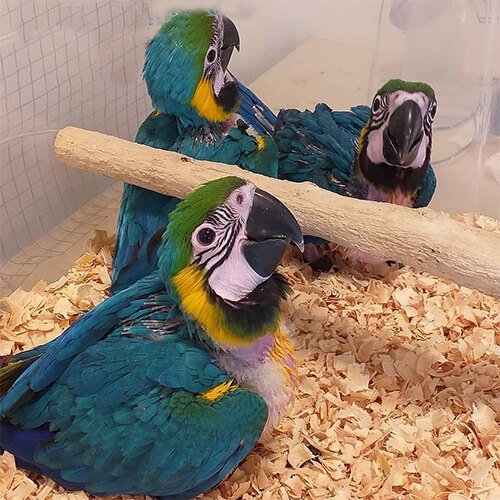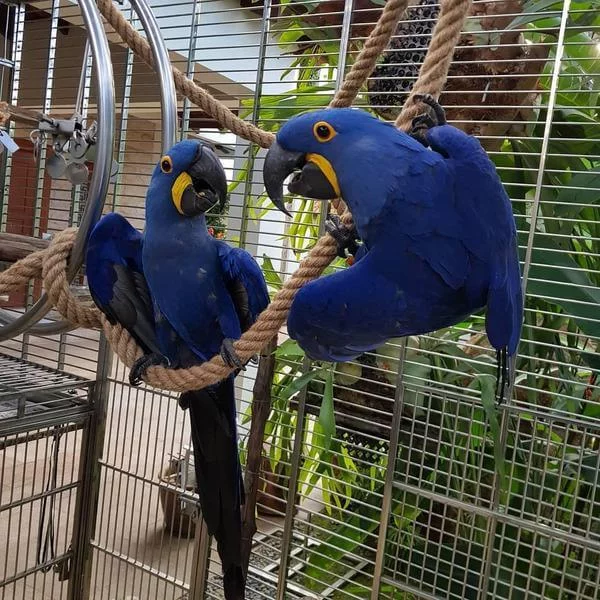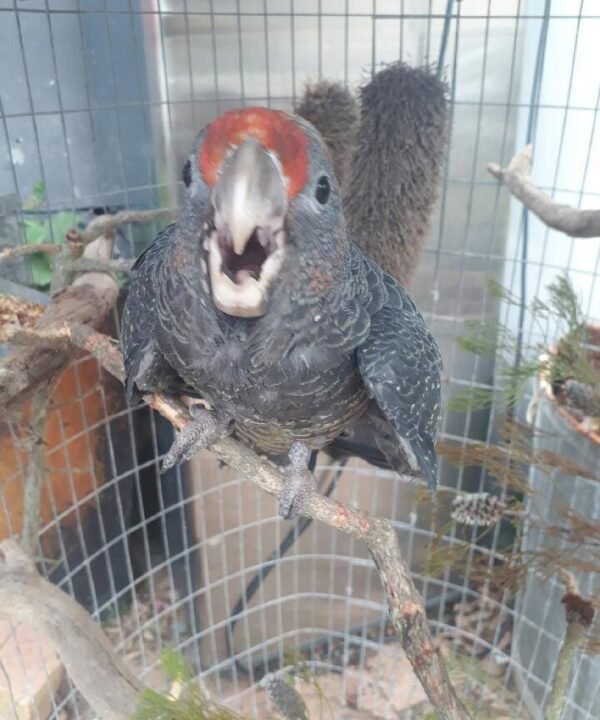$2,500.00
Lovebird is the common name for the genus Agapornis, a small group of parrots in the Old World parrot family Psittaculidae. Of the nine species in the genus, all love birds for sale are native to the African continent, with the grey-headed lovebird being native to the African island of Madagascar.
Social and affectionate, the name comes from the parrots’ strong, monogamous pair bonding and the long periods which paired birds spend sitting together. Lovebirds live in small flocks and eat fruit, vegetables, grasses, and seeds. Black-winged lovebirds also eat insects and figs, and black-collared lovebirds have a special dietary requirement for native figs, making them difficult to keep in captivity.
Some species are kept as pets, and several colored mutations have been selectively bred in aviculture. The average lifespan is 10 to 12 years.
Love birds for sale are 13–17 cm (5–7 in) in length, up to 24 cm in wingspan with 9 cm for a single wing, and 40–60 g (1+1⁄2–2 oz) in weight. They are among the smallest parrots, characterized by a stocky build, a short, blunt tail, and a relatively large, sharp beak. Wildtype lovebirds are mostly green with a variety of colors on their upper bodies, depending on the species. The Fischer’s lovebird, the black-cheeked lovebird, and the masked lovebird have a prominent white ring around their eyes. Many color mutant varieties have been produced by selective breeding of the species that are popular in aviculture.
Traditionally, love birds for sale are divided into three groups:
- the sexually dimorphic species: Madagascar, Abyssinian, and red-headed lovebird
- the intermediate species: peach-faced lovebird
- the white-eye-ringed species: masked, Fischer’s, Lilian’s, and black-cheeked lovebirds
However, this division is not fully supported by phylogenetic studies, as the species of the dimorphic group are not grouped together in a single clade.
Species and subspecies:
- Rosy-faced lovebird, Agapornis roseicollis, (Vieillot, 1818)—or peach-faced lovebird
- Agapornis roseicollis catumbella, B.P. Hall, 1952
- Agapornis roseicollis roseicollis, (Vieillot 1818)
- Yellow-collared lovebird, Agapornis personatus, Reichenow, 1887—or masked lovebird
- Fischer’s lovebird, Agapornis fischeri, Reichenow, 1887
- Lilian’s lovebird, Agapornis lilianae, Shelley, 1894—or Nyasa lovebird
- Black-cheeked lovebird, Agapornis nigrigenis, W.L. Sclater, 1906
- Grey-headed lovebird, Agapornis canus, (Gmelin, 1788)—or Madagascar lovebird
- Agapornis canus ablectaneus, Bangs, 1918
- Agapornis canus canus, (Gmelin, 1788)
- Black-winged lovebird, Agapornis taranta, (Stanley, 1814)—or Abyssinian lovebird
- Red-headed lovebird, Agapornis pullarius, (Linnaeus, 1758)—or red-faced lovebird
- Agapornis pullarius pullarius, (Linnaeus, 1758)
- Agapornis pullarius ugandae, Neumann, 1908
- Black-collared lovebird, Agapornis swindernianus, (Kuhl, 1820)—or Swindern’s lovebird
- Agapornis swindernianus emini, Neumann, 1908
- Agapornis swindernianus swindernianus, (Kuhl, 1820)
- Agapornis swindernianus zenkeri, Reichenow, 1895
buy Emu-Love Bird parrots – Emu-Love Bird parrots for sale online
firstly, Are emus friendly birds?
secondly, Are pet emus friendly?
thirdly, What are 3 interesting facts about emus?
fourthly, Do emus need a partner?
more so, Are emus smart or dumb?
in addition, Are emus noisy?
moreover, Can an emu kick you?
basically, What is the lifespan of emus?
apparently, Do emus eat meat?
Related products
Birds and Parrots For Sale
Birds and Parrots For Sale
Birds and Parrots For Sale
Cockatoo Parrots For Sale – Umbrella Cockatoo Parrots For Sale
Birds and Parrots For Sale
Birds and Parrots For Sale
Major Mitchell Cockatoo for sale – major mitchell cockatoo birds for sale
Birds and Parrots For Sale
Blue and Gold Macaw For Sale – Blue and Gold Macaw Baby For Sale
Birds and Parrots For Sale
Birds and Parrots For Sale

